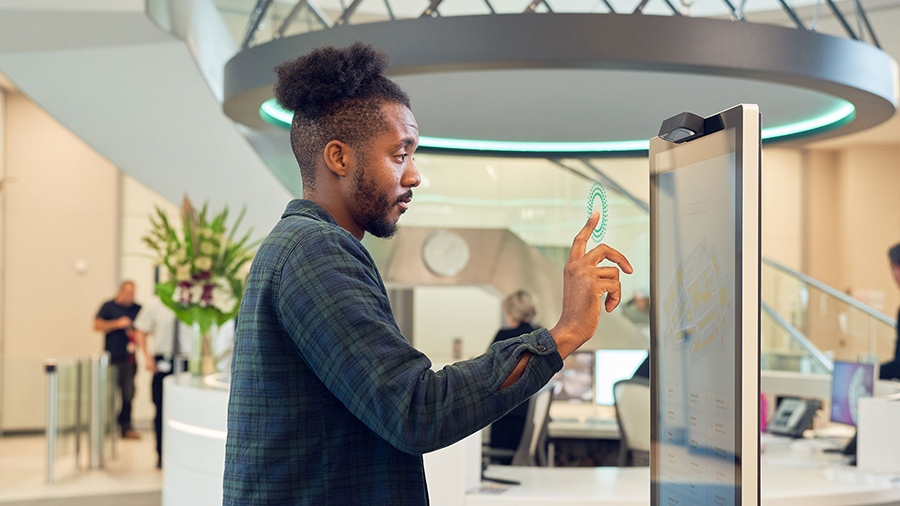Consumer still averse to use of public touchscreens: Ultraleap study
By M4G Bureau - August 05, 2022
Consumers' hygiene concerns of public touchscreens are broader than just COVID-19.

New research has found that consumers across the world are still concerned about using public touchscreens due to fears of germ transmission. Some are even changing their behaviour to avoid using them altogether in public venues.
Today Ultraleap, the natural user interface company, released the results of a global consumer survey that was conducted in the UK, US, China and Japan and looks at attitudes to public touchscreens. It reveals that more than half of consumers in these markets (52%) are concerned about touchscreen hygiene, and those concerns are broader than just COVID-19.
The survey also found that the majority of respondents (72%) are also changing their behaviour at least sometimes to avoid germs on public touchscreens and nearly a third (29%) are always changing their behaviour. These behaviours include: touching the screen as little as possible (25%), using hand sanitiser before (29%) or after (45%) touching the screen, or even avoiding places where they have to use a touchscreen (10%).
This avoidance behaviour is likely to have a direct commercial impact on retailers and brands. Touchscreens provide autonomous service points for consumers, while also providing a commercial uplift in certain environments. Its reported that self-service kiosks bring in higher-than-average order sizes, and require fewer staff at checkout in QSR environments.
“Fast food restaurants like McDonald’s and Burger King rely on self-service touchscreens to upsell more food and drink. If people are actively not using them, then brands are losing revenue opportunities. Our report demonstrates that offering a touchless option on their self-serve kiosks can provide a solution that caters to all consumers - especially those who are more hygiene-conscious. Doing so can help generate incremental revenue of between $1,800 - $4,500 per month in a QSR location,” said Saurabh Gupta, Vice President of Out-of-Home Product at Ultraleap.
The research also reveals that consumers are not only open to (83%) but are actively positive about touchless solutions as an alternative to touchscreens - 68% of respondents said that they’d be more likely to visit a grocery store or fast-food restaurant if it offered a touchless self-service screen.
Saurabh Gupta continued: “It’s clear people are still worried about the potential germs that lurk on touchscreens – and it looks like those concerns are here to stay.
“Brands have a real opportunity to utilise innovative technologies like Ultraleap’s hand tracking and create touchless solutions that ease consumer hygiene concerns and create more revenue opportunities.”
PepsiCo is one company that created a bespoke, innovative touchless menu for food and drink ordering using Ultraleap’s gesture control technology, which customers loved. In fact, 85% said they’d be extremely likely to use the touchless kiosk again.
Mia Sorgi, Director of Digital Product and Experience at PepsiCo commented: “The future of immersive digital commerce is just around the corner, and gestural interfaces are sure to be a growing part of this landscape… the possibilities are endless for how we can use it to benefit our customers – and our restaurant partners.”
Ultraleap’s innovative touchless technology allows you to interact with digital content without having to touch a screen. Integrating their hand tracking technology and award-winning TouchFree application intoself-serve kiosks and digital signage delivers safe and engaging consumer experiences.

